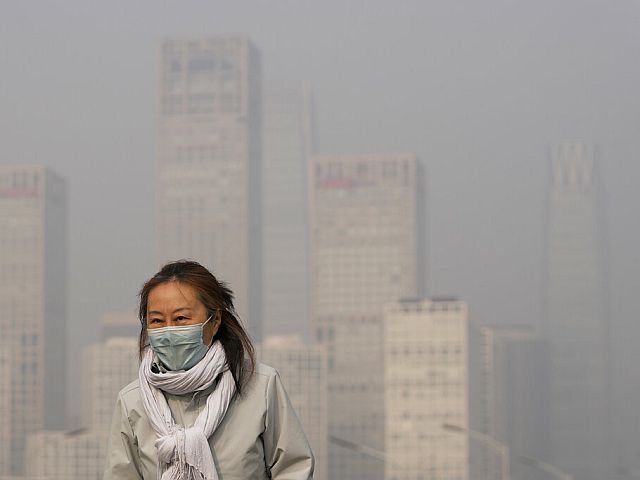A new study has found a link between air pollution levels and an increased risk of depression in people.
The joint study between Harbin Medical University and Cranfield University included 17,708 participants from June 2011 to March 2012. Thereafter, additional rounds of observation were conducted every 2–3 years, with a small number of new participants included in the sample. After the initial phase, four follow-up surveys were organized in 2013, 2015, 2018 and 2020.
To measure symptoms of depression, the researchers used the 10-item Center for Epidemiological Studies of Depression Questionnaire. Participants were asked to indicate how often they experienced each of the specified conditions during the week preceding the study. The team used sulfur dioxide (SO₂), fine particulate matter (PM2.5) and carbon monoxide (CO) to measure air pollution.
The study showed that participants who lived in Chinese provinces with the highest levels of air pollution were significantly more likely to be diagnosed with depressive disorders. A total of 5,830 cases of new depressive symptoms emerged during the follow-up period.
The study authors emphasized the importance of a comprehensive approach to air quality management to improve both physical and mental health. Controlling emissions of SO₂ and other key pollutants has the potential to significantly reduce the burden of depression on the public health system, especially among the most vulnerable groups, including middle-aged and elderly people.

Chordie Guitar Chords and Lyrics
Kitcheness – Profile
Kitcheness.de – Erfahrungen und Bewertungen
Kitcheness profile at Startupxplore
Kitcheness – Chatroll
Viewing wochenkurier's profile | Profiles v2 | Gaia Online
Wochenkurier’s presentations on Notist
wochenkurier's Profile | FileForum
Wie Onlinemagazine den Journalismus der Zukunft prägen — wochenkurier
Wochenkurier aviation photos on JetPhotos
Remote Worker in Germany: @wochenkurier
doodleordie.com/profile/wochenkurier
mehr erfahren – Viesearch
Private Page – My Community
Wochenkurier
wochenkurier – Fimfiction
wochenkurier
Wochenkurier
Wochenkurier.de – Avis clients
Wochenkurier, Zossen, Germany | Local business
wochenkurier – Reputation – MaplePrimes
Chordie Guitar Chords and Lyrics
Wochenkurier – Profile
Wochenkurier.de – Erfahrungen und Bewertungen
Wochenkurier profile at Startupxplore
Wochenkurier – Chatroll
Viewing finanzierungsrechner's profile | Profiles v2 | Gaia Online
Finanzierungsrechner’s presentations on Notist
finanzierungsrechner's Profile | FileForum
Baufinanzierung planen: So gehen Sie vor — finanzierungsrechner